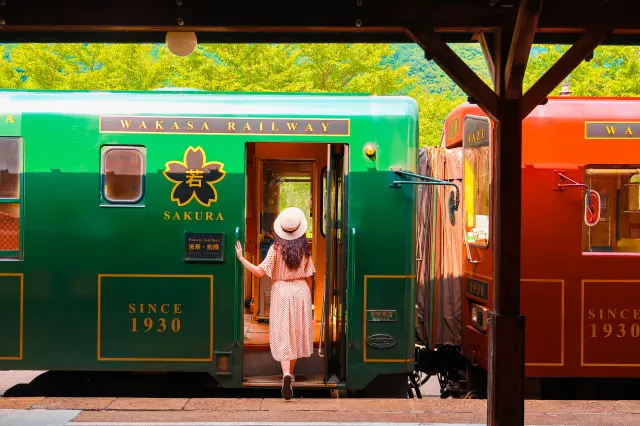 Search for Flights
Search for Flights
 Search for Hotels
Search for Hotels
 Check Exchange Rates
Check Exchange Rates
 Check the Weather
Check the Weather

Spiritual KANSAI Series Blog8 : Castles of Kansai 1
Last update
The Kansai region is a sacred place for Japanese spiritual culture, and Kansai is full of genuine hospitality. We tried to extract various themes and put them together in columns under the title of "Spiritual KANSAI". In this blog series, we will introduce these columns in order. The 8th in the series is " Castles of Kansai 1 ". (The following text is quoted from the Spiritual KANSAI column page of this site)
***************************
Castles of Kansai 1
The Elegant Symbol of the Samurai
Quote source

Throughout Japanese history, the Kansai area was one of the most contested regions of all, with various warlords all vying for the valuable lands and staking out their battle won territories with protective castles. Many were simple Yama-jiro, hilltop fortresses built on mountain peaks shaved flat to form baileys and surrounded by trenches, earthworks, gates and palisades. They featured guard houses, living quarters, kitchens, stables and defensive watchtowers. As warfare increased, so too did the size, the role and the complexity of the samurai castle. Yama-jiro became bigger and more elaborate, Hirayama-jiro, larger castles built on hills and the flat-lands around the base, and the larger, grander Hira-jiro, highly fortified castles built on plains were developed and refined.
Japanese castles were more than just military installations, they were symbols of authority, and as such they were beautifully constructed, possessing both form and function. No two castles are the same, the positioning, the layout, the structural design of the keeps, watchtowers, gates and palaces, and many of the defensive devices differed greatly too. Indeed, the samurai were proud of their military, and their aesthetic senses. Most castle visitors tend to focus only on the iconic tenshu, the tower keeps, completely misunderstanding that the keep is not the castle! A castle is not a building, but a fortified location, consisting of moats, walls, gates and structures.
Thousands of castles once dotted the Kansai landscape. Some were destroyed in battle or were simply abandoned when no longer needed. After 1590 when the warlord Toyotomi Hideyoshi gained control of the nation, there were 204 active domains, with most daimyo warlords possessing one or two major castles and numerous smaller castles to protect their fiefs. Hideyoshi ruled that only the daimyo under his direct command be allowed castles, forcing many warlords to abandon their fortifications. In the early 1600’s the Tokugawa clan became dominant, and a similar law, the Ikkoku Ichijo rei, permitted only one castle per domain, and so many more castles were discarded. Others were destroyed by earthquake or typhoon, from lightning strikes and accidental fire, and so slowly but surely, numbers were reduced.
In 1868, the 260-year reign of the Tokugawa Shogunate collapsed and national control was restored to the Emperor Meiji. Financially unable to maintain the upkeep of these feudal era structures, many castles were demolished. Many surviving castles were destroyed during WW2 aerial bombing. Thankfully, some of the more historically important and most fascinating castles can be found in the Kansai region.
Check also...

Himeji to Tottori Itinerary: Hidden Castle Towns, Hot Springs & Yokai Street

Discover Kansai & Shikoku in 3 Days: From Osaka Castle to Tokushima’s Awa Odori Dance

3-Day Central Japan Itinerary: From Kyoto to Fukui’s Castle Towns and Temples

From Himeji to the Castle in the Sky: Exploring Kansai’s Hidden Castle Towns

5 Local Experiences Not Found in Guidebooks: Tottori Edition

5 Must-Visit Spots in Kobe: From Famous Sights to Hidden Gems

5 Local Experiences Not Found in Guidebooks: Wakayama Edition

